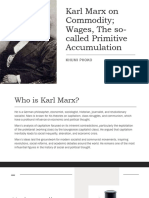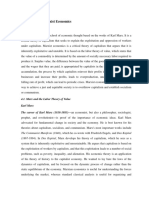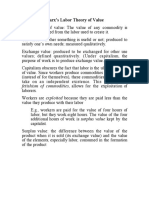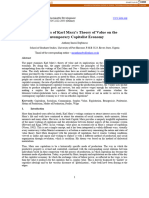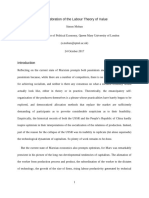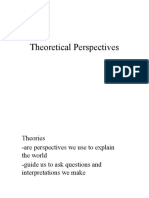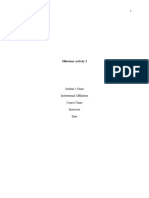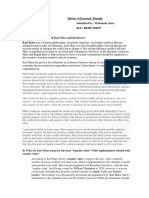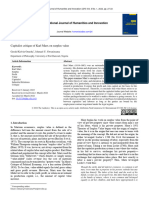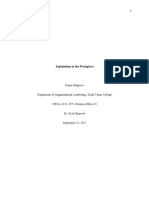0% found this document useful (0 votes)
20 views13 pagesTheory
The document presents an overview of Marx's surplus value theory, emphasizing that labor is the primary means of production and that surplus value is the difference between the value created by workers and their wages. It explains how capitalists profit from this surplus value while workers receive only a portion of the value they generate, leading to exploitation. Additionally, the document discusses various criticisms of Marx's theory, including the roles of capital, demand, and the benefits workers may receive under capitalism.
Uploaded by
Guriya KhanCopyright
© © All Rights Reserved
We take content rights seriously. If you suspect this is your content, claim it here.
Available Formats
Download as PPTX, PDF, TXT or read online on Scribd
0% found this document useful (0 votes)
20 views13 pagesTheory
The document presents an overview of Marx's surplus value theory, emphasizing that labor is the primary means of production and that surplus value is the difference between the value created by workers and their wages. It explains how capitalists profit from this surplus value while workers receive only a portion of the value they generate, leading to exploitation. Additionally, the document discusses various criticisms of Marx's theory, including the roles of capital, demand, and the benefits workers may receive under capitalism.
Uploaded by
Guriya KhanCopyright
© © All Rights Reserved
We take content rights seriously. If you suspect this is your content, claim it here.
Available Formats
Download as PPTX, PDF, TXT or read online on Scribd
/ 13







